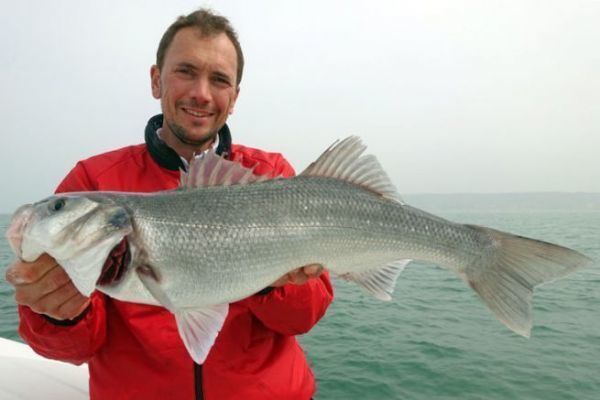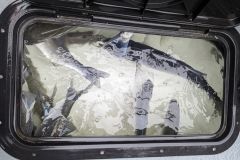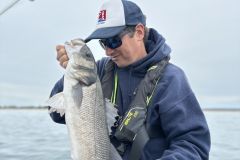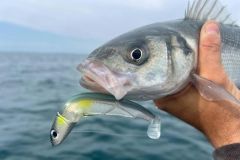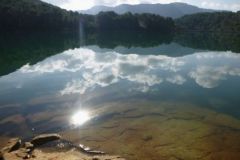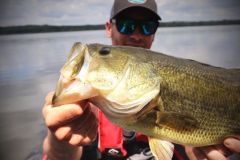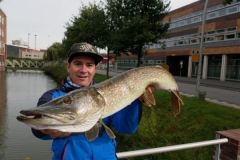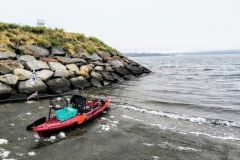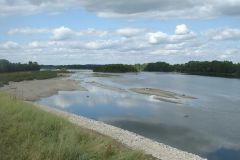A great refuge for predators
Often less than 2 nautical miles from the coast, sometimes further offshore, the rocky plateau has long been the most popular spot for good sea bass trollers. Today, it's one of the most coveted spots for soft-lure bass anglers. These rocky stretches can be found all along the West Atlantic coast, except south of Soulac-sur-Mer, where they are becoming rarer.
On rocky bottoms 8 to 20 meters deep, bars come to seek their food throughout the season: sardines, sandeels, mackerel, pout, crab and other local inhabitants. They also find these submerged rocks a comfortable retreat, whatever the state of the sea.
A rocky bottom is indicated on the chart by the letter R. Once you've reached the precise point of this letter R, drift and watch the sounder for the most beautiful rock heads.
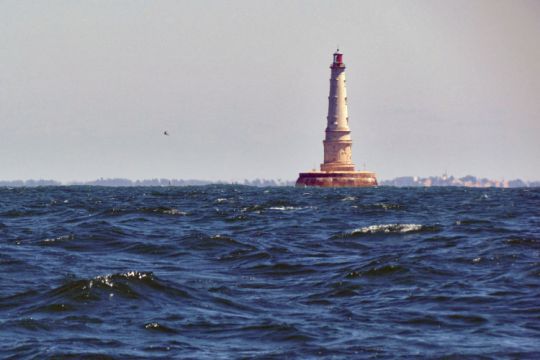
The rocky plateau of Cordouan is teeming with fish.
Scratch fishing for all groundfish
Depending on the season and region, prey can be found between two waters or at depth. There are bottom-feeding fish, such as pout and whiting (which, by the way, are excellent livebaits), which tend to come up as autumn approaches. Other schools of pelagic fish, such as sardines, sand eels and mackerel, tend to swim up when chased by bass.
These rocky plateaus are usually fished vertically, a technique known as "scratch fishing", since the line tends to strike the rocks all the time, and you may come across a variety of ambush predators: bass, meagre, oldsmelt, pollack, small rockfishing and longline fish, or cod in winter.

Fly-fishing or pull-fishing to select bass between two waters.
Fishing on the bottom is never a fault on these stations lined with rocky mazes and rifts, but parking between two waters is not foolish in mid-season: gamefish such as bass will still get on the lure or bait and you won't risk snagging the line.
All the fish listed above can be fished live, in particular sandeel, pout, mackerel, horse mackerel, whiting, shad... For drift fishing with livebaits, they should be presented on a pole over 1 m long, after a lead weight adapted to the strength of the current, so as to stay close to the bottom.
Soft lures are also a good way to find these bass. Trolling with soft lures is very much in vogue: fishing on the fly involves rapidly animating a tapered lure, while fishing on the pull involves more slowly animating a stocky, gliding lure. Trolling remains effective with a large sinker and small soft lures or light wobbling spoons.

 /
/ 